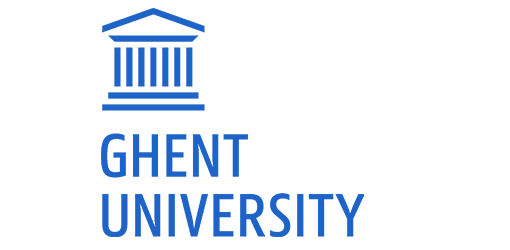Multi-Level Business Service Design and Analysis using ArchiMate (Matthew Wright)
Context
This topic belongs to the cluster Enterprise Architecture modelling, analysis and design. It can be chosen by students from:
– Business Engineering (all fields of study)
– Business Economics (MBE:BE) (background in computer science, ICT, informatics or information management)
– Business Administration (Management and Informatics field of study)
A duo master dissertation is possible, though not required.
Project description
In the field of Service Management, service blueprinting is a well-known technique to design and analyse business services from the point of view of the service customer. Multi-level service design (Patricio et al., 2011) is an extension of service blueprinting that considers service design and analysis at three different levels: the service concept (i.e., strategy), the service system (i.e., structure) and the service process (i.e., dynamics).
Business services are part of an organisation’s enterprise architecture. The field of Enterprise Architecture aims at investigating and designing methods and technologies to ensure the coherence of the different components of an organisation, from its goals, strategies, capabilities and resources, to its functional organisation and business processes (business architecture), data and applications (information systems architecture), computers and networks (technology architecture), equipment and facilities (physical elements), and eventually its migration and implementation plans (programs, projects, work packages).
While multi-level service design employs its own models and notations, the EA field has developed a standard language for communicating, designing and analysing enterprise architecture models. This language, called ArchiMate (The Open Group – ArchiMate) is currently in its 3rd generation (ArchiMate 3.0) and is supported by various tools, including the free and open-source Archi tool. It is to be expected that in the coming years many companies will migrate their current ArchiMate 2.1 enterprise architecture models to the new version of the standard.
Previous master’s thesis research has investigated the modeling of service blueprints using ArchiMate. While results are promising, more research is needed to
- Extend service blueprinting with ArchiMate to multi-level service design with ArchiMate;
– Migrate the developed solutions from the current ArchiMate 2.1 standard to the new ArchiMate 3.0 standard;
– Investigate how the developed solutions can be supported with the Archi tool;
– Demonstrate the benefits of multi-level service design with ArchiMate.
Reference
Patrício, L., Fisk, R. P., Falcao e Cunha, J., & Constantine, L. (2011). Multilevel Service Design: From Customer Value Constellation to Service Experience Blueprinting. Journal of Service Research, 14(2), 180–200. http://doi.org/10.1177/1094670511401901
